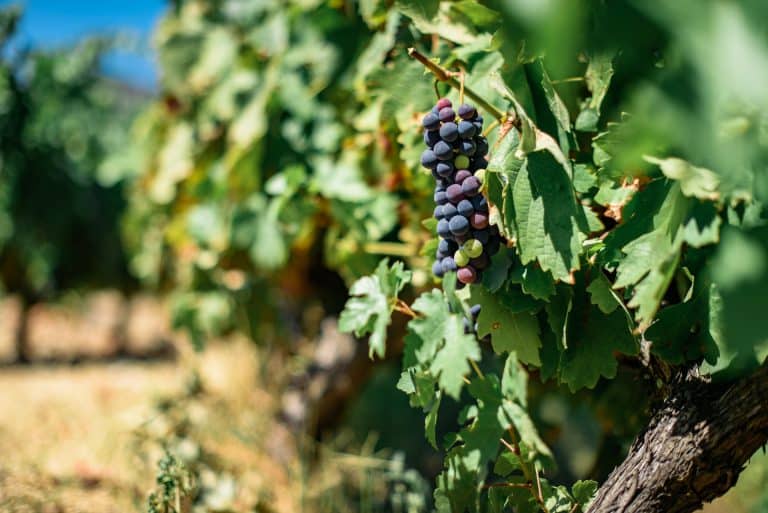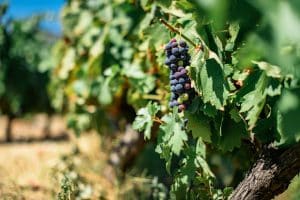The numerous regional and indigenous grape varietals make Portugal’s wine region unique. There are around 250 different grape varietals grown in Portugal’s several wine regions. This type is one of Portugal’s greatest strengths in the wine industry. However, the winemakers also use French grape varieties, which makes it simpler to satisfy the tastes of consumers worldwide. Wine enthusiasts can only gain from this field of tension.
Winemaking has a lengthy history in Portugal’s wine region. Visit the areas and sample these superb wines directly in a genuine atmosphere for the greatest opportunity to completely appreciate winemaking traditions and culture. You are invited to enjoy Portuguese hospitality in the wine regions of Portugal, from the north to the south. However, you may find a lot of wine tourism experiences in the Vinhos Verde, Duoro, and Alentejo regions. Join us as we tour the wine regions of Portugal and learn about what the nation has to offer.
The “Green Garden of Eden” is known as Vinho Verde.
For those who appreciate both wine and the outdoors, the Vinho Verde wine area is the ideal setting. Enjoy the flavors of youthful, crisp, and flowery Vinho Verde wines while taking in the natural splendor of Portugal’s wine region.
The Minho province, which stretches from Porto to the Spanish border, is the booming region. The wine’s name is unrelated to the color, which is greenish. The region is known as Vinho Verde because of the colder temperatures, heavy rainfall, and lush flora that are characteristics of this wine region. The wine is made from a variety of grapes, including Pedernao, Trajadura, Avesso, and Loureiro. The Alvarinho grape, which is planted in the extreme north close to Galicia, is the best varietal.
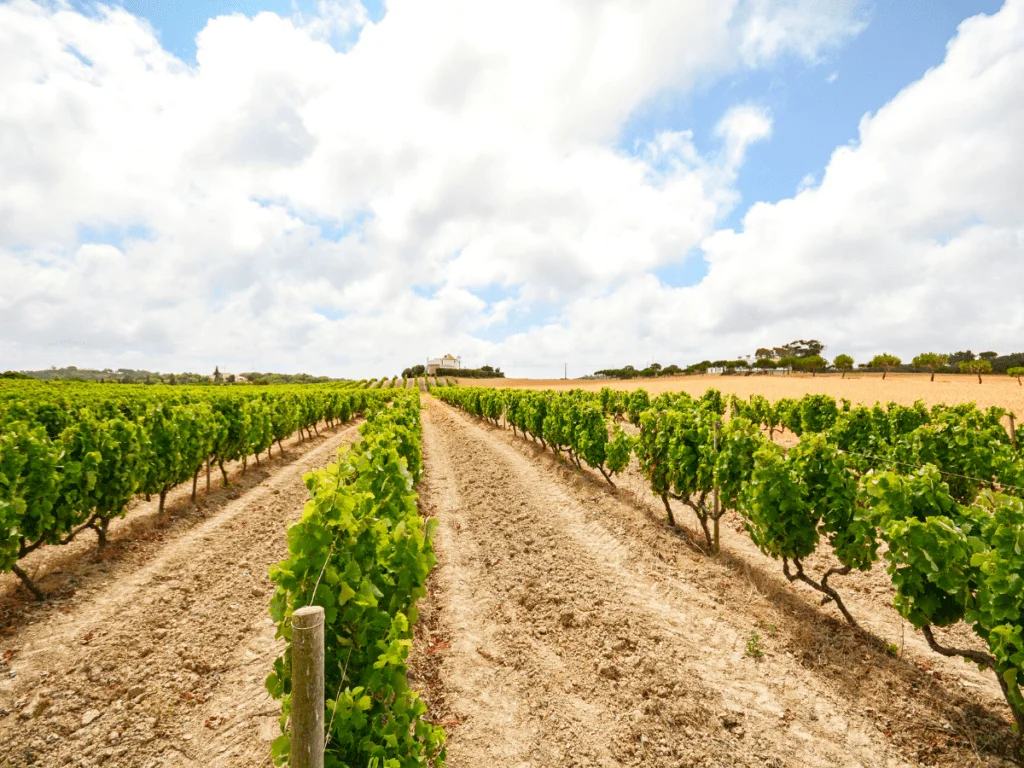
The Best of Portugal’s Wine Country: Douro Valley
One of the most picturesque wine-growing regions is the Duoro Valley, which was added to the list of UNESCO World Heritage Sites due to its exceptional universal value as a cultural landscape. The Douro River meanders across the valley, which is home to numerous elegant vineyards that are both classic and cutting edge. A visit to Portugal’s wine region is incomplete without a tour to this stunning valley.
The slate soil, on which the wine terraces are built, retains water, allowing the vines to thrive during the prolonged summer drought. Touriga Nacional, Tinta Barocca, and Tinta Roriz are the principal red grape varieties grown here.
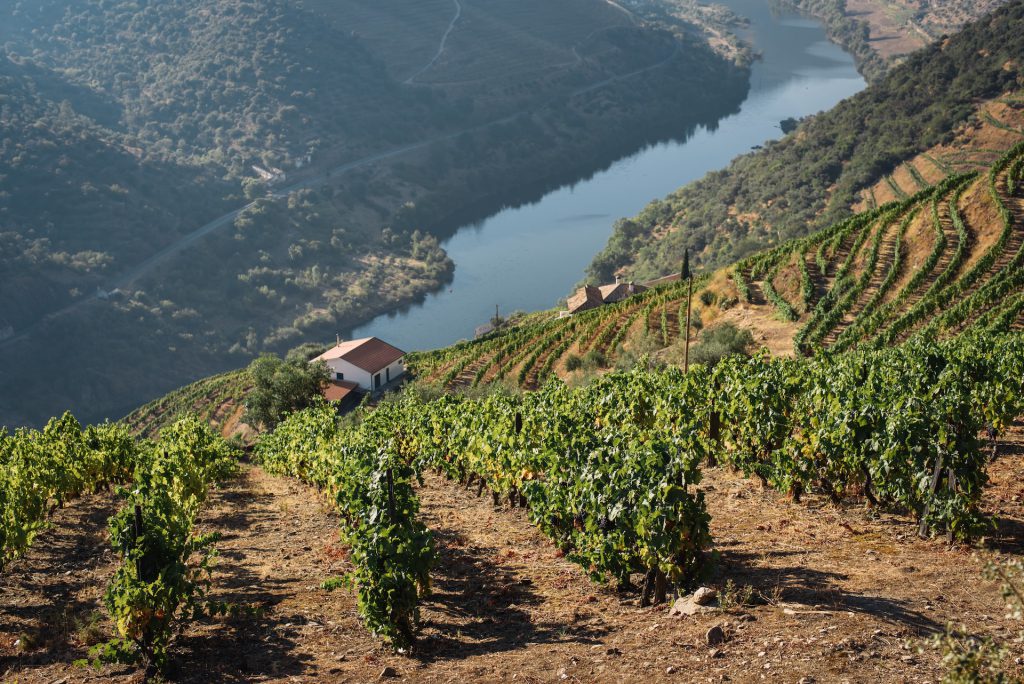
Dão – Still a Secret Knowledge
Dão makes exquisite white wines that are aromatic and made primarily from the grape varietals Encruzado, Vertical, and Malvasia. Elegant red wines from this producer have structure and nuanced aromas. The Jaen is particularly deserving of notice among the red wines, along with Touriga Nacional, Alfrocheiro, and Aragones. Menca, a grape varietal that is popular in Spain. A genuine insider’s advice for wine lovers.
The Dão region has a long history that dates back to prehistoric times and includes Roman and medieval influences. The Dão wine area is particularly appealing due to its natural beauty, cultural diversity, and wealth, as well as the aromatic and well-balanced wines produced there.
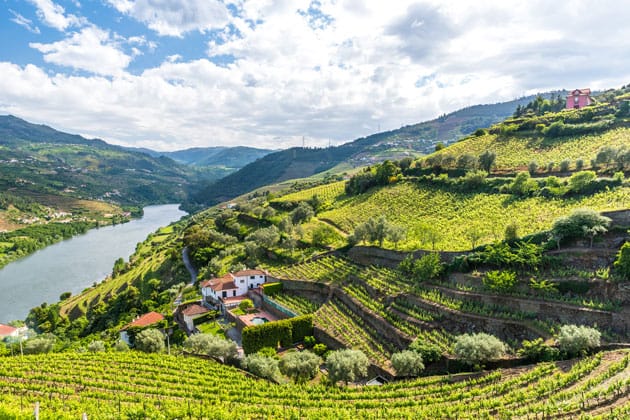
Terras de Cister: Elegant and Sparkling
The Cistercians, who were the first to cultivate wine here, are the origin of the word “Cister.” Surprisingly chilly nights are part of the terrain’s climate. Because of this, maturation is a little more challenging, but wine enthusiasts are rewarded with extremely sophisticated and complex wines. The wines’ exceptional acidity also makes them great basis wines for sparkling wines. Along with red and white wines, the DOP Távora-Varosa also produces some of the best sparkling wines in the nation.
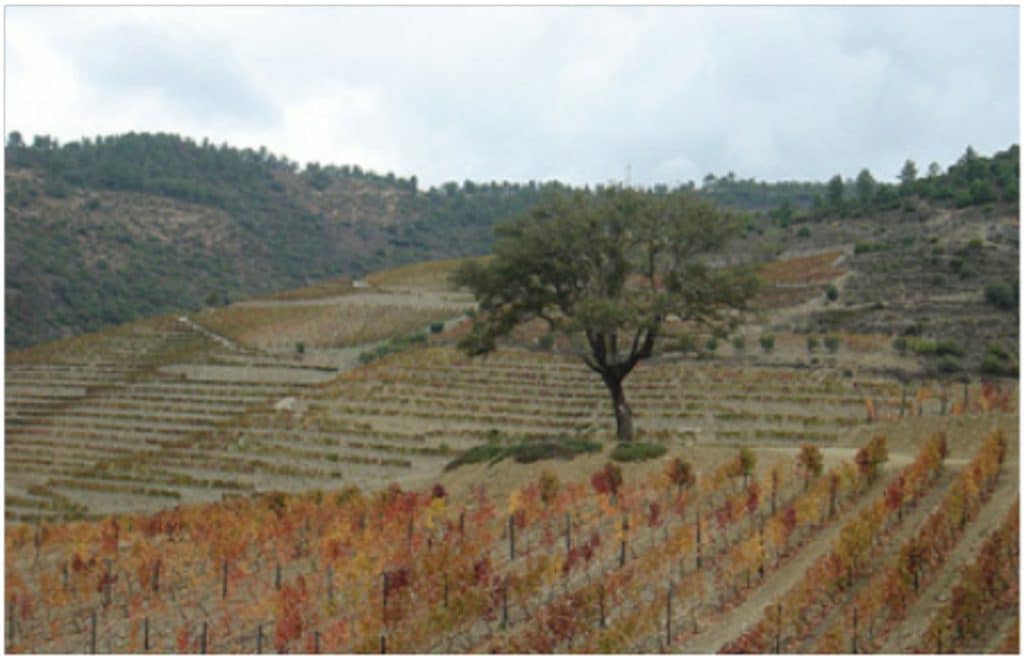
Bairrada
One of the first Portuguese wine regions to create sparkling wine was the Bairrada wine zone. There are numerous top-notch small wineries in Barriada that make a wide variety of premium wines.
The vineyards of the DOC Beira Interior are situated in the central Liberian Meseta and are distinguished by steep mountain vistas. Bairrada lies relatively deep and is highly impacted by the Atlantic climate. In this location, the vines typically reach a height of 700 meters above sea level.
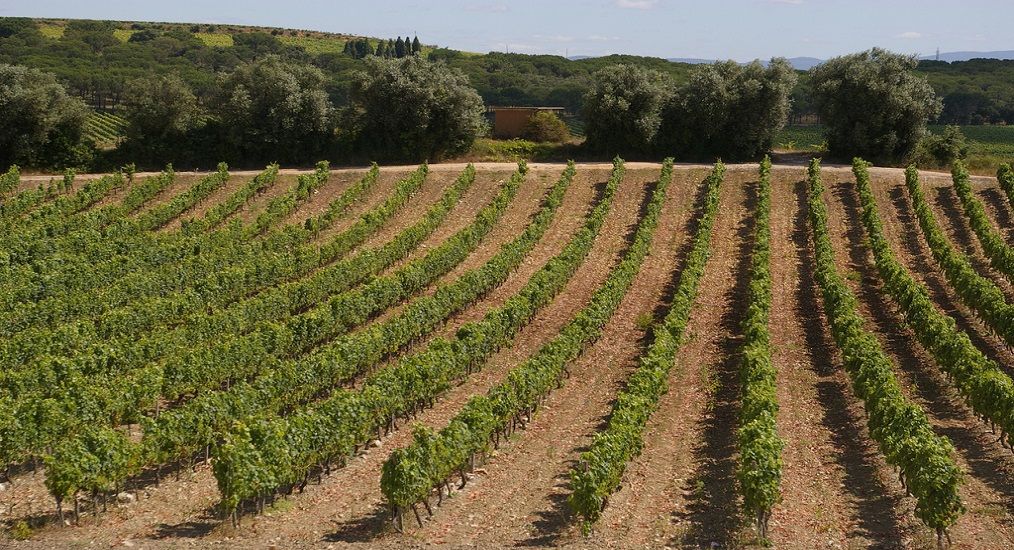
Península de Setúbal
Particularly for the dessert wines, Moscatel and Moscatel Roxo, this region has long been significant in the history of Portuguese wine. The majority of the wines produced in the area contain the Castelo variety, also known as Periquita in the Peninsula of Setubal region. The wines of Castelo are well-structured and have fruity tastes that evoke smells of cherries, currants, acorns, chestnuts, candied plums, blackberries, and raspberries, and work well with the oak barrel stage. They typically have good potential for aging.
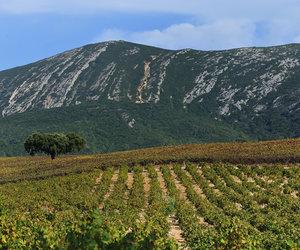
Estremadura, Tejo
The country’s major wine-growing region, Estremadura, has many sub-zones. The region’s wine production is as diverse as the region itself, and white wines predominate.
One of the most fruitful regions in Portugal’s wine nation is the Tejo region, which is northeast of Lisbon. There are vast plains covering 500,000 hectares in total. The Tagus River provides the ideal environment for the growth of a vast and diverse agricultural sector. Saying that the Tagus, with its hilly landscape, transforms the area into a wonderful, huge garden is not an exaggeration. Tejo’s fertile ground makes it possible to grow a wide variety of fruits, vegetables, olive trees, cork oaks, and, of course, grapes.
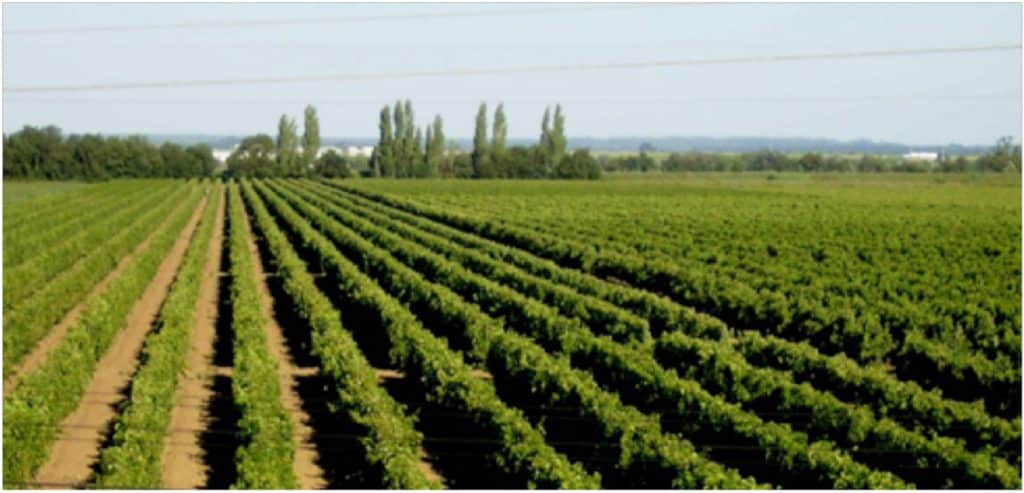
Algarve, Portugal’s most southern region.
A vast stretch of coastline with golden sand and a pristine sea may be found in the Algarve wine area. Many surfers come to the shore to enjoy the wilderness and the ocean waves. Adventure seekers should visit the Algarve to experience its cliff- and rock-lined shores as well as its traditional cuisine’s scents and flavors, which go well with regional wines.
Four wine DOCs in the Algarve received their names from the region’s principal towns: Lagos, Portimo, Lagoa, and Tavira. The major white grape varieties utilized in the manufacture of traditional wines are Arinto, Malvasia Fina, Mantedo, and Sri. Castelo and Negra Mole for the reds.
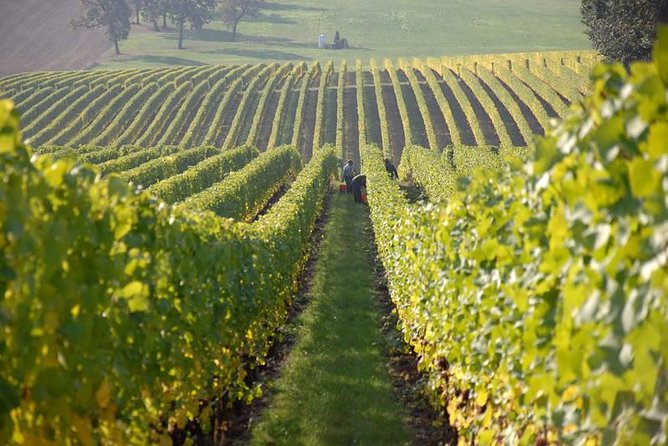
Portugal showcases a remarkable blend of tradition, terroir, and exceptional craftsmanship, making it a true haven for wine enthusiasts. From the lush vineyards of the Douro Valley, where the world-renowned Port wine originates, to the scenic landscapes of Alentejo and its robust reds, and the elegant whites of the Vinho Verde region, Portugal offers a diverse and captivating wine country experience.
As you bid farewell to these extraordinary wine regions, take with you the memories of vineyard tours, tastings of exquisite vintages, and the warmth of the people who passionately produce these remarkable wines.
Portugal’s wine country invites you to savor its flavors, embrace its rich history, and ignite a newfound appreciation for the art of winemaking. Cheers to the unforgettable journey you’ve embarked upon and the delightful wines that have left an indelible mark on your palate.
Book your trip to Portugal and experience what it has to offer you!
